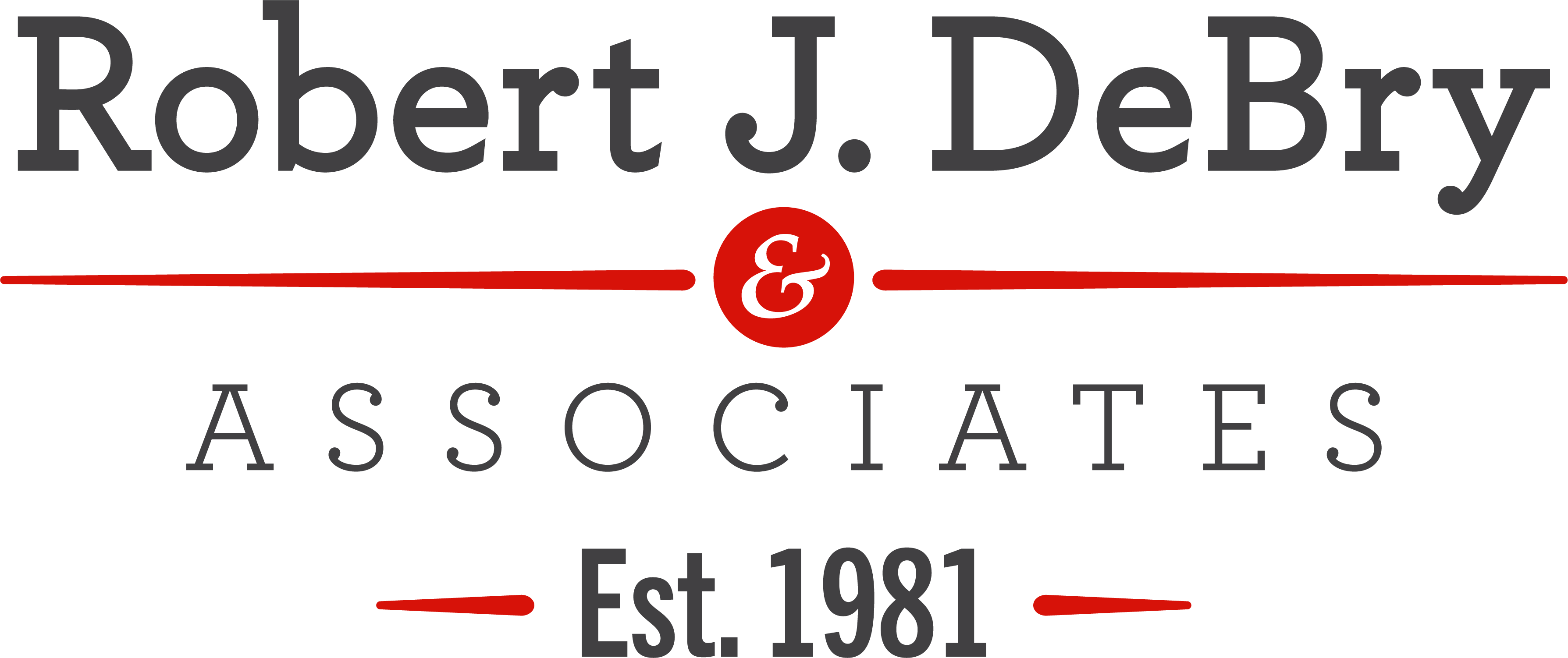The litigation process is the step where a case is taken to court.
Litigation processes are usually connected to civil lawsuits (where one party sues another). However: the same litigation process works in criminal cases – where laws are broken. Understanding civil litigation is important for any business or individual. If you are an individual who has decided to take someone to court: you are the plaintiff. On the other hand, if you are being taken to court: you are the defendant. At Robert J. DeBry & Associates, a personal injury attorney is ready to take on whatever case to bring justice to those affected.
The process begins with a plaintiff filing a complaint (in this step, a summons is typically filed).
The plaintiff’s responsibility is to provide enough proof that the case is valid since they are the party who starts the process (Burden of Proof). The summons notifies the defendant of the lawsuit and sets a deadline for a response. The defendant then finds a chosen lawyer (in this instance, a personal injury attorney).
A date is commonly set for the beginning of the lawsuit. This brings us to the following step: the discovery process. Both parties begin collecting information, records and taking depositions. Motions can then be filed with the court, both procedural and inquiries for information. The process to set a confirmed court date can take months. Since litigation is a contested action (where someone else such as a judge makes a final decision), a series of hearings or temporary orders are common. Once the lawsuit is held on its appointed date, a judge or jury can render a decision. Keep in mind at any time, the parties can agree to a settlement. If either party has a valid reason to question the verdict, an appeal can be made. The appeals process then goes up through higher courts, where a final decision can be made.
